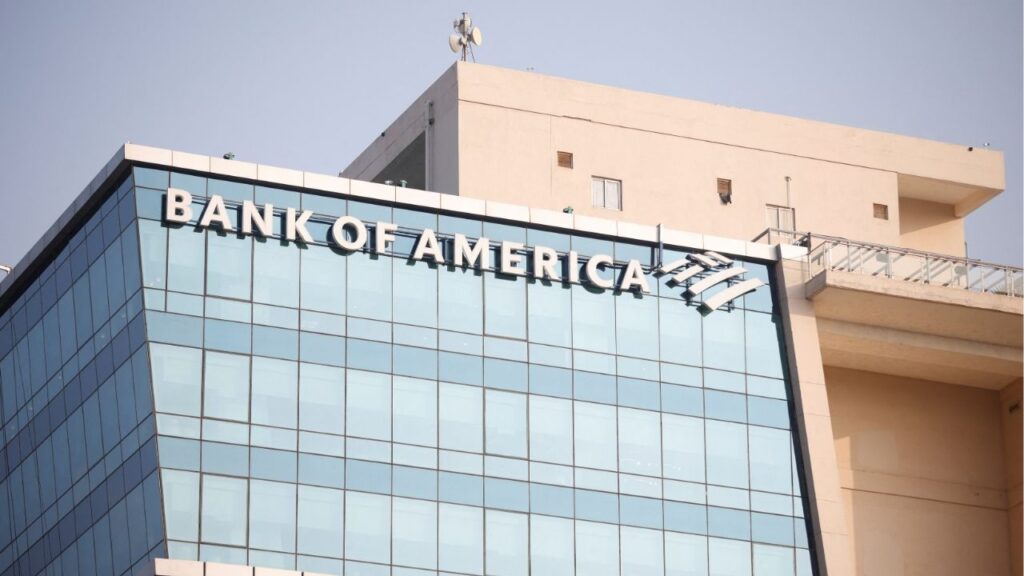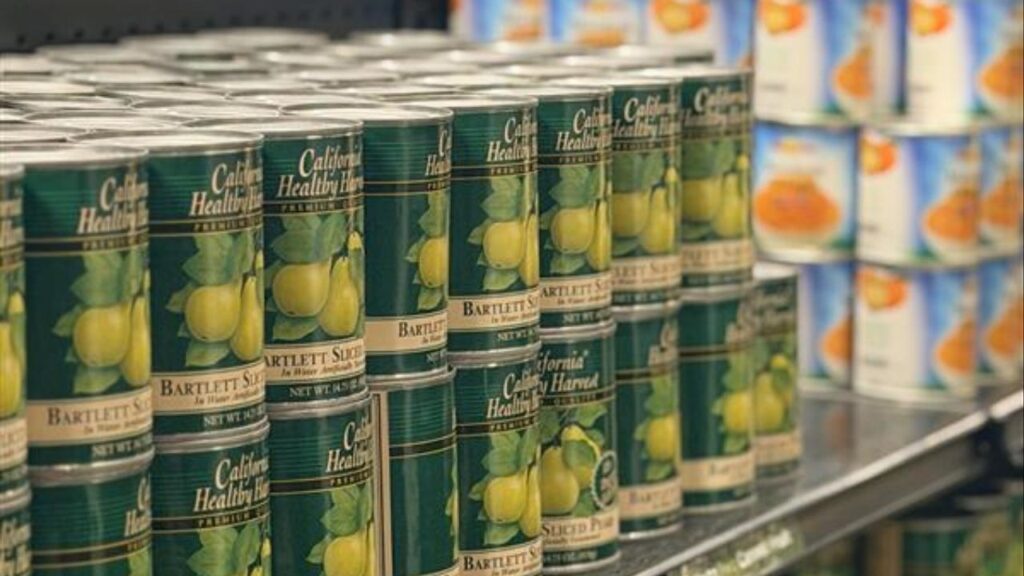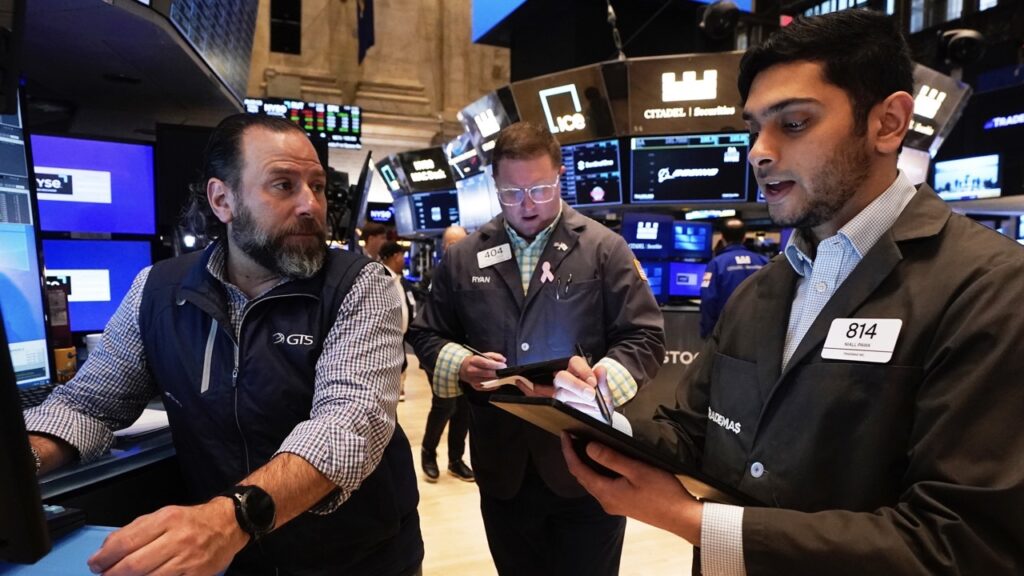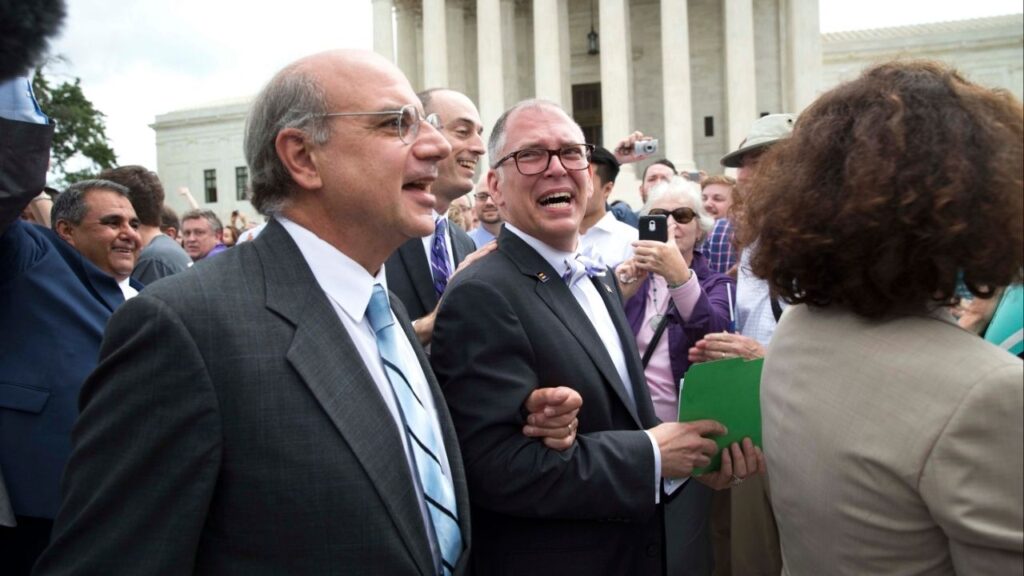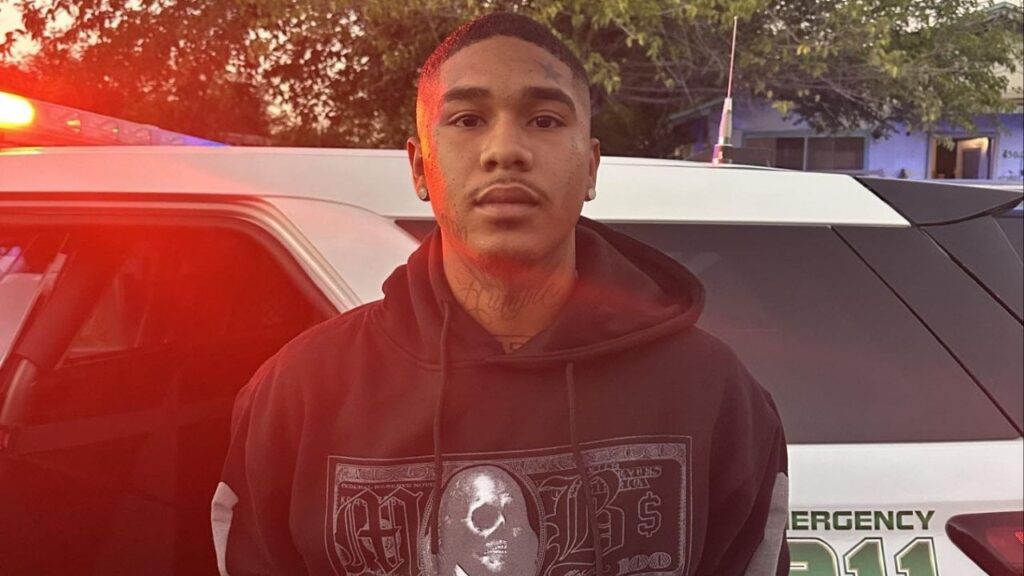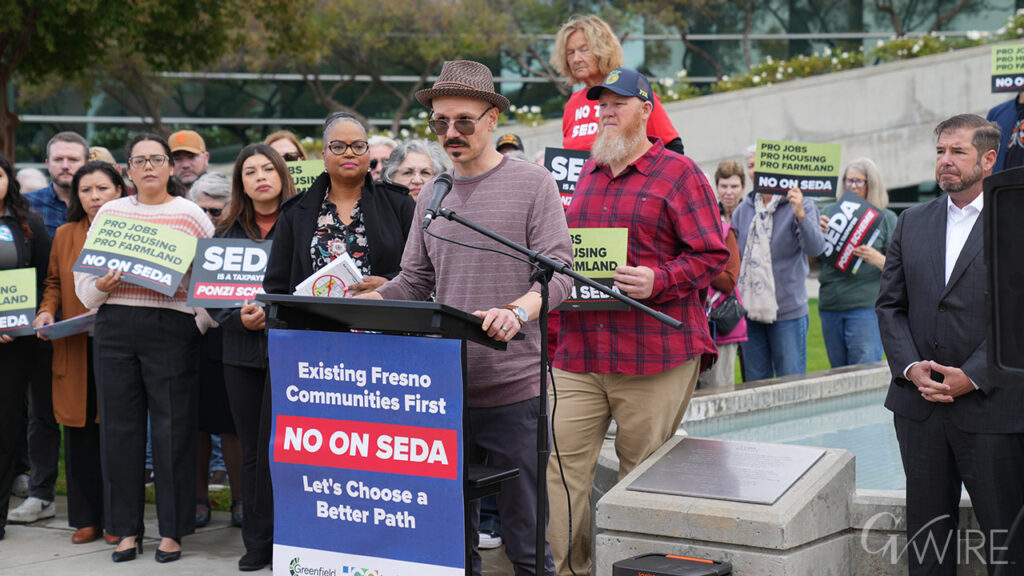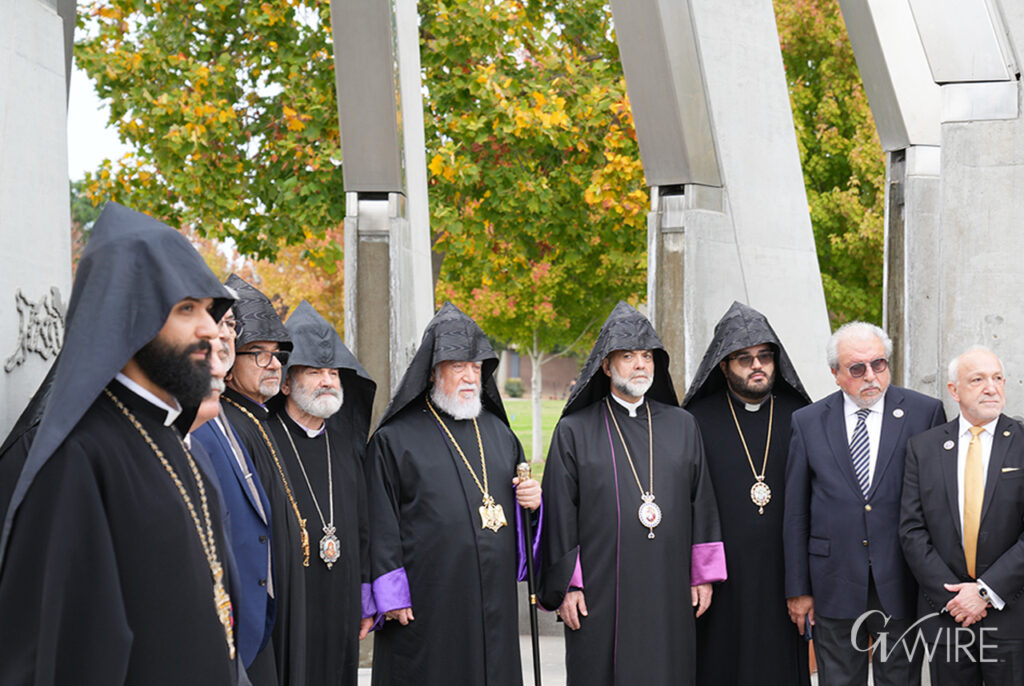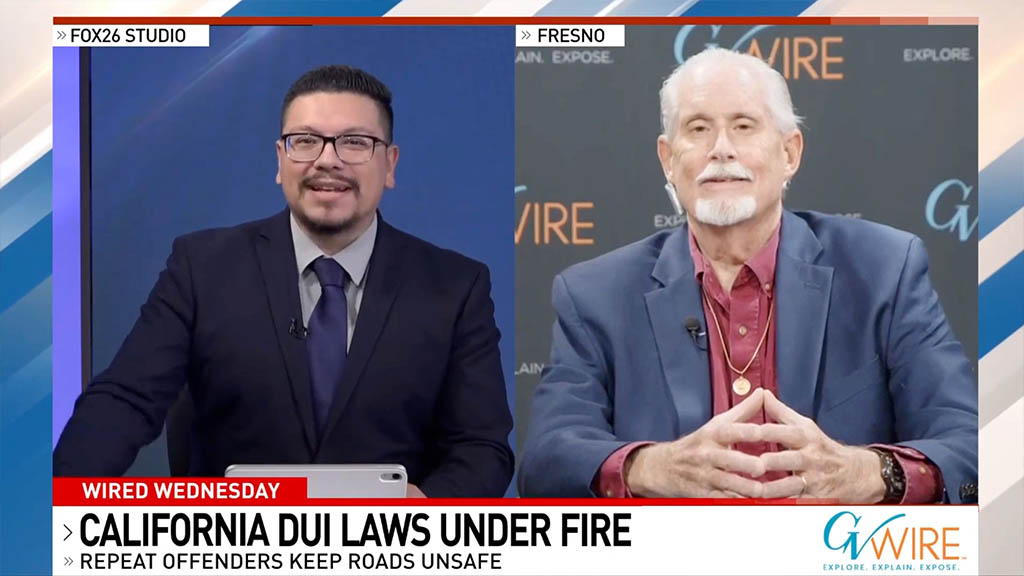People cross Harvard Science Center Plaza in Cambridge, Mass. on April 3, 2025. Harvard’s decision to push back on the Trump administration’s demands marked a turning point in confrontations between schools and the government. (Sophie Park/The New York Times)

- Harvard defied sweeping Trump administration demands, rejecting federal control over admissions, hiring, and curriculum to protect its academic independence.
- In response, the government froze $2.2 billion in funding and threatened Harvard’s tax-exempt status, escalating tensions between academia and politics.
- Harvard’s bold stance, rare among universities, drew applause on campus and marked a turning point in resisting political pressure on education.
Share
|
Getting your Trinity Audio player ready...
|
Late last week, officials at Harvard University were trying to decipher what the Trump administration wanted the school to do to combat antisemitism.
The government had made some straightforward demands, like requiring the school to ban masks, which are often favored by protesters.
But other demands seemed vague.
Then, late on Friday night, the federal government sent Harvard a five-page fusillade of new demands that would reshape the school’s operations, admissions, hiring, faculty and student life.
It took less than 72 hours for Harvard to say no.
The decision is the most overt defiance by a university since President Donald Trump began pressuring higher education to conform to his political priorities.
It came after leaders at Harvard, during intense discussions over the weekend, determined that what the government was proposing represented a profound threat to the 388-year-old university’s independence and mission.
Harvard has extraordinary financial and political firepower for a clash with Washington. And the university’s leaders watched Columbia University reel, as the Trump administration made more demands, even after the school capitulated.
Harvard would fight. The alternative seemed far worse.
“No government — regardless of which party is in power — should dictate what private universities can teach, whom they can admit and hire, and which areas of study and inquiry they can pursue,” Harvard’s president, Alan M. Garber, wrote in an open letter Monday.
This account is based on correspondence between Harvard and the government, public statements, and interviews with Trump administration officials, people at Harvard and close observers of the university. Harvard declined to make Garber available for an interview.
In response to his announcement, the government swiftly retaliated with a freeze of more than $2.2 billion in federal funding. Nearly $7 billion more remains imperiled, including money that goes to Harvard’s affiliated hospitals. And on Tuesday, Trump — who has picked out elite universities, long accused by conservatives of leaning left, as a special target — threatened Harvard’s tax-exempt status.
Even for the world’s richest university, which has an endowment of about $53 billion, a lasting freeze would cut deeply into labs, departments and even classrooms. But officials at Harvard elected to prize its reputation, independence and legacy, wagering that the institution could outlast Trump’s crusade.
“This is what Joe McCarthy was trying to do magnified ten- or 100-fold,” said Lawrence Summers, a former Harvard president, adding that “it runs directly against the university’s role in a free society.”
‘The University Will Not Surrender.’
The first sentences of the Trump administration’s letter Friday were civil but frustrated. Three federal officials wrote that Harvard had “failed to live up to both the intellectual and civil rights conditions that justify federal investment.”
The officials — one from the Department of Education, one from the Department of Health and Human Services and one from the General Services Administration — told Garber that they would “welcome” his “collaboration in restoring the university to its promise.” If Harvard agreed to their terms, the officials wrote, they could begin work on a “more thorough, binding settlement agreement.”
The letter arrived after Harvard sought clarification over the comparably anodyne list of proposals that the government had shared eight days earlier. What landed in Cambridge on Friday night went well beyond an explanation.
The polite opening paragraphs gave way to a range of demands so broad and intrusive that they stunned Harvard leaders, who had until recently been open to hammering out some kind of accord with the government.
The government said it wanted the Harvard faculty’s power reduced, and demanded that Harvard embrace “merit-based” admissions and hiring policies. The Trump administration wanted to audit university data, and sought changes to the “recruitment, screening, and admissions of international students.”
The administration also insisted that Harvard conduct a review for “viewpoint diversity.” The government wanted Harvard to “immediately shutter” any programs related to diversity, equity and inclusion and to bring in an outsider to examine “those programs and departments that most fuel antisemitic harassment or reflect ideological capture.” And the government wanted reports “at least until the end of 2028” — around the time Trump is to leave the White House — on Harvard’s compliance with the administration’s demands.
The ultimatums seemed only tangentially connected to the Trump administration’s stated ambition of erasing antisemitism on campus. Kenneth L. Marcus, the Education Department’s civil rights chief during Trump’s first term, said the government’s proposals went “far beyond antisemitism and reflect a far wider cultural concern within the conservative movement about what is rotten in higher education.”
Marcus, the chair and CEO of the Louis D. Brandeis Center for Human Rights Under Law, said the demands were an attack on “the left-wing tilt that Harvard is thought to exemplify.”
Garber did not frame Harvard’s response as a matter of left or right. In his letter rebuffing the administration, he used 12 words to summarize Harvard’s stance: “The university will not surrender its independence or relinquish its constitutional rights.”
His announcement plunged Harvard into one of the gravest confrontations in its history.
Steven Pinker, a psychology professor and a co-president of the Council on Academic Freedom at Harvard, said that it was “almost inconceivable that a university president could have acceded to that list of demands, because they actually stipulate the content of beliefs of faculty and admitted students.” But he still marveled over the speed of Harvard’s response.
Summers, a former Treasury secretary who is more a veteran of political combat than most in academia, said he figured “the extremity of the demand letter made this an easier decision than it might otherwise have been.”
If government officials were spoiling for a fight, their tactic appears to have worked. But because the Trump administration itself did not publicly release the bombshell letter, Harvard had time to fine-tune a counterattack, including a glossy website outlining its contributions to society. It was a rare example of a university upstaging the Trump administration’s campaign, which has often hinged on unpredictability.
Harvard’s burst of defiance unleashed surprise across higher education, partially because there had been little sense it would be bold in the face of Trump’s attacks. When dozens of university leaders participated in a conference call on Sunday, according to two people familiar with the private discussion, there was no mention of the government’s new demands to Harvard, or of the school’s coming response.
Preparing for a White House Clash
In recent months, Harvard had adopted a conspicuously low and accommodating profile — so much so that many on campus had openly fretted that the university was pursuing a Columbia-style path of appeasement.
In March, Columbia acceded to a roster of Trump administration demands in a quest to restore $400 million in federal grants and contracts. But the money had not begun to flow again. Instead, the government is now weighing the possibility of a consent decree with the school, which would empower a federal judge to monitor an agreement with the university and give the White House leverage, potentially, for years.
In the run-up to Trump’s inauguration, Harvard hired a powerhouse lobbying firm with close ties to the White House and the Justice Department. The university also adopted a stricter definition of antisemitism that upset many free speech advocates. As the federal government then dialed up the pressure on Columbia and its elite peers, Harvard moved to oust two leaders of its Center for Middle Eastern Studies, paused a partnership with a Palestinian university, then agreed to start one with an Israeli school.
Harvard was also not among the top universities listed as plaintiffs in court challenges to the Trump administration’s proposed changes to research funding formulas.
Still, the university had been making subtle preparations for a clash with the White House, some of them long before the announcement by the government on March 31 that it would review roughly $9 billion in Harvard’s funding.
The university imposed a hiring freeze in March and has sought to raise $1.2 billion in the bond market. Harvard also weighed adjustments to the $53 billion endowment’s payouts, just as it had done during the pandemic.
The End Game
The financial stakes for Harvard are enormous. They also have implications for the rest of the country, as the Trump administration appears determined to retreat from the government-university relationship that has flourished across the United States since around World War II
The actual details also remain hazy.
The Trump administration has not explained to Harvard how it came up with the $2.2 billion that it intended to freeze. But officials believe the number could be the entirety of the roughly $650 million the federal government provides the university’s researchers annually and the life span of any multiyear contracts.
Harvard was already feeling the fallout by Tuesday morning. The university’s T.H. Chan School of Public Health confirmed that Sarah Fortune, an infectious disease specialist, had received a stop-work order. Fortune’s tuberculosis research was supported through a $60 million National Institutes of Health contract involving Harvard and other universities across the country.
Federal officials didn’t immediately respond to messages asking about their communications with the university and researchers.
Harvard’s endowment may help it weather some of the financial fallout. But university leaders are often stringently averse to tapping into these funds, worried about drawing down funds they will need in the future. At Harvard, roughly 80% of its endowment funds are limited to specific purposes.
Still, in its most recent financial report, Harvard said that there were billions of dollars that it could tap “in the event of an unexpected disruption.”
The Trump administration and some of its allies on Capitol Hill have bashed Harvard for its defiance. The administration task force that is handling the dispute with Harvard, for instance, said in a statement Monday night that the university’s response reflected “the troubling entitlement mindset that is endemic in our nation’s most prestigious universities and colleges — that federal investment does not come with the responsibility to uphold civil rights laws.”
But in many quarters, especially on campuses, Harvard’s new gumption has brought relief. Many fear how billions in lost research funding could threaten jobs, laboratories and long-standing projects. They argue, though, that it was imperative for a university as muscular as Harvard to defend its principles.
Steven Levitsky, a Harvard political scientist who had been urging the university to take a tougher stand against Trump, read Garber’s letter before a class about authoritarianism and democracy.
“It looks like Harvard has decided it’s time to fight,” he said when he began.
The room of about 100 students, he said, erupted into applause.
—
This article originally appeared in The New York Times.
By Alan Blinder, Anemona Hartocollis, Vimal Patel and Stephanie Saul/Sophie Park
c. 2025 The New York Times Company






